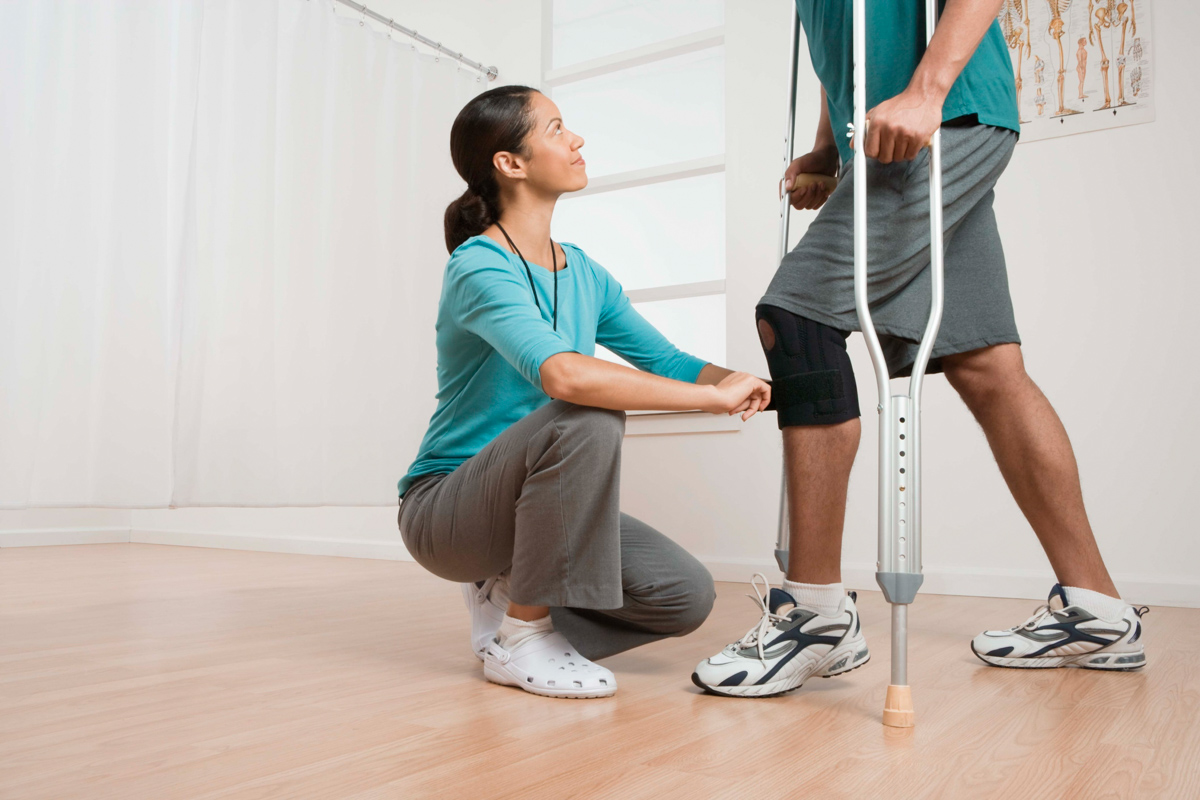Efficient Approaches for Reducing Breathlessness in Physical Rehabilitation Sessions
Efficient Approaches for Reducing Breathlessness in Physical Rehabilitation Sessions
Blog Article
Breathing difficulties, or trouble breathing, is a common issue that many people face, especially those with chronic lung conditions, heart issues, or other health conditions. In rehabilitation therapy appointments, addressing breathing difficulties is crucial for helping patients improve their overall quality of life. By utilizing specific techniques and approaches, physical therapists can help patients in controlling their respiratory difficulties. Grasping these efficient methods can empower both therapists and patients to collaborate together more efficiently in addressing obstacles related to breathing difficulties.
One of the main methods used to reduce breathing difficulties in physical therapy is the application of controlled breathing exercises. These exercises often concentrate on abdominal breathing, which promotes patients to use their breathing muscle rather than their upper chest muscles when breathing in. This method helps to maximize lung volume and effectiveness. Additionally, pursed lip breathing is another technique that can be helpful. This method requires breathing in through the nose and breathing out slowly through compressed lips, which can assist to keep airways clear longer and make breathing feel easier. By incorporating these exercises into therapy appointments, physical therapists can provide patients with tools to control their breathing difficulties both during and beyond of their appointments.
Another crucial element of controlling dyspnea in physical therapy is the creation of an personalized exercise regimen. Tailoring exercises to satisfy the individual needs and abilities of each patient is essential. Therapists should slowly introduce aerobic activities, such as walking or cycling, in a structured manner, allowing patients to develop their endurance over time. This incremental approach helps patients to feel more at ease with physical activity while at the same time improving their lung capability and overall stamina. It is important for therapists to observe patients closely during these activities to ensure they are not overworking themselves, which could lead to increased difficulty of breath.
Teaching also plays a significant role in reducing dyspnea during physical therapy sessions. Providing patients with knowledge about their ailment and the mechanisms behind breathing difficulties can enable them to take charge of their health. Therapists can describe how elements like anxiety, posture, and environmental conditions can influence breathing. By understanding these concepts, patients can discover to manage their issues more efficiently. Techniques such as stress reduction strategies and proper body posture can further assist in minimizing the impact of dyspnea during daily activities and additional reading therapy appointments.
In summary, effectively alleviating dyspnea in physical therapy appointments involves a combination of breathing exercises, personalized exercise regimens, and patient education. By applying these effective methods, physical therapists can help patients control their respiratory difficulties and improve their overall well-being. Collaboration between therapists and patients is crucial to create customized interventions that meet individual needs. With the right support and techniques, patients can experience comfort from breathing difficulties and participate more fully in their physical therapy journey, eventually leading to a better quality of life.